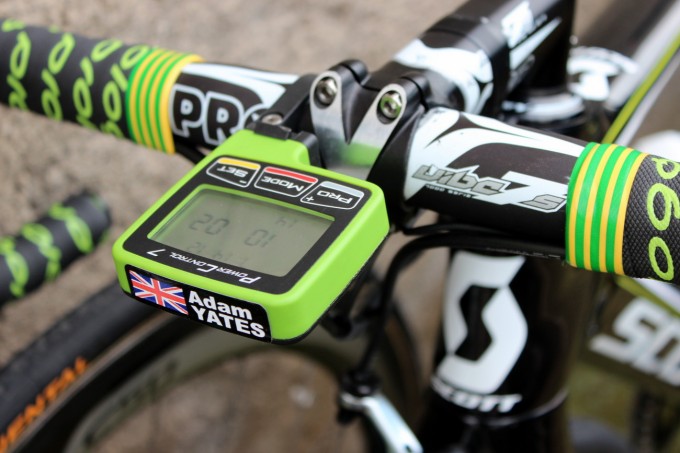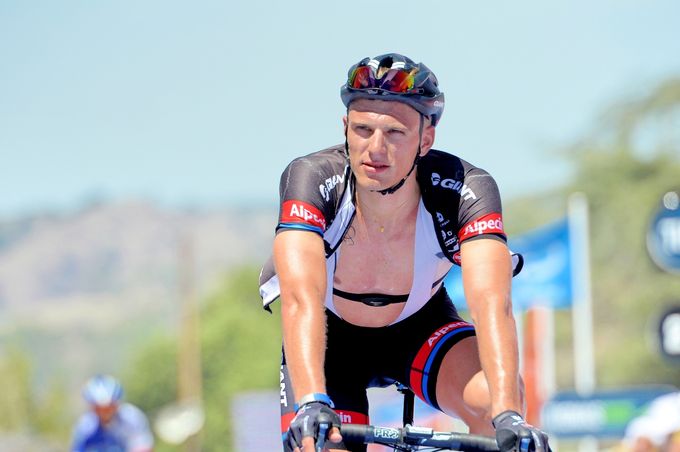Data-hungry cyclists have never had it so good. Power meters have tumbled in price and are no longer the preserve of pro cyclists, while heart rate monitors are becoming as common on the club run as they are in the peloton.
Becoming a stronger, faster rider is a common goal among many cyclists out there, and turning to data is a common move in a bid to train more intelligently, particularly if you’ve circled a specific race or sportive in the calendar.
But with the growth in popularity and hype surrounding the virtues of using a power meter weighed up against the benefits of time-tested heart rate training, which should you be using if you want to take your training to the next level? This guide will aim to shed light on training with heart rate and power, and help you decide which is right for you.







